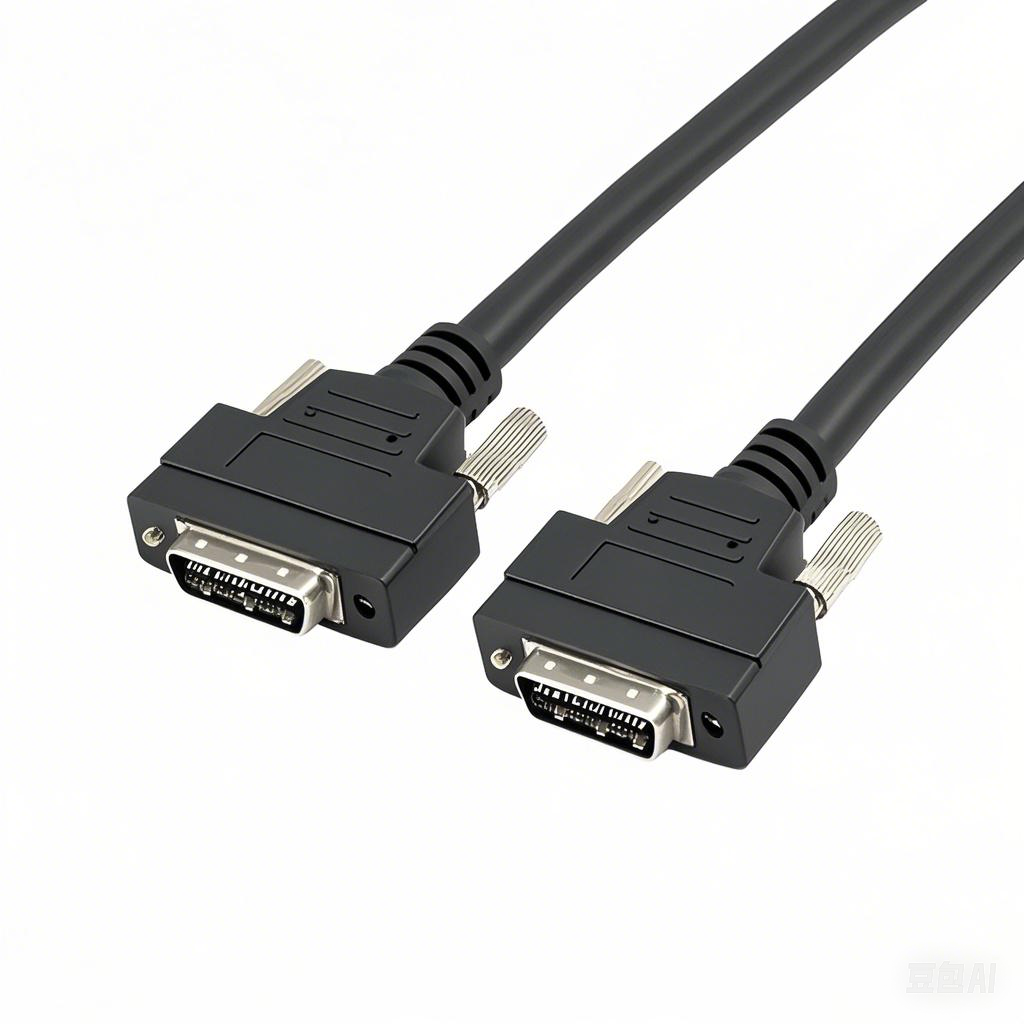How to Test Machine Vision Cables for Signal Integrity (The Right Way...
Machine vision systems demand perfection. Blurred images, dropped frames, or spurious errors can grind production to a halt, costing valuable time and resources. Often overlooked, the humble cables connecting your cameras, frame grabbers, and processors are critical arteries for pixel data and control signals. Signal integrity issues within these cables are a frequent culprit behind system glitches. Proactive testing of machine vision cables is essential to prevent downtime and ensure consistent, high-performance imaging.
Why Signal Integrity Testing is Non-Negotiable
Machine vision applications transmit vast amounts of high-speed digital data (Camera Link HS, CoaXPress, GigE Vision, USB3 Vision) or precise analog video signals. Signal integrity refers to the quality and timing of these electrical signals as they travel the cable. Degradation manifests as:
- Image Artifacts: Noise, sparkles, banding, blurring.
- Timing Errors: Frame drops, synchronization failures, inconsistent triggering.
- Data Corruption: CRC errors, packet loss, intermittent communication failures.
- System Instability: Unexplained camera disconnects, system lockups.
Testing cables before installation and during troubleshooting is critical for identifying weaknesses invisible to the naked eye.
How to Test Machine Vision Cables Effectively
Here’s a step-by-step guide to core testing methodologies:
- Comprehensive Visual Inspection:
- Check Connectors: Look for bent pins, damaged contacts, cracked plastic housings, corrosion, or contamination (dust, grease).
- Examine the Cable Jacket: Look for kinks, severe bends exceeding the cable’s minimum bend radius, cuts, abrasions, crushing, or exposed shielding.
- Inspect Strain Relief: Ensure boots aren’t pulled back, exposing internal wires or compromising the connection point.
- Verify Labeling: Match cable type (e.g., Camera Link Standard, GigE Vision Cat 6a) and length against specifications.
- Continuity & Short Testing (Low Resistance):
- Tool: Digital Multimeter (DMM) in continuity/ohms mode.
- Method: Test pin-to-pin continuity for each conductor in the cable. There should be low resistance only between intended pin pairs on each end. Test adjacent pins for shorts (low resistance where none should exist). Test each shield/ground connection at both ends. Verify no shorts exist between any signal pin and ground/shield.
- Impedance Testing (Critical for High-Speed):
- Tool: Time Domain Reflectometer (TDR) – the gold standard for cable signal integrity analysis.
- Why it Matters: High-speed vision cables (e.g., CoaXPress, Camera Link HS, USB3 Vision) rely on controlled impedance (e.g., 50Ω, 75Ω, 90Ω, 100Ω) to minimize reflections that distort signals.
- Method: Connect the TDR to one end of the cable. The instrument sends a fast edge pulse and precisely measures reflections caused by impedance changes. A flat line on the TDR display indicates consistent impedance. Spikes or dips pinpoint locations of impedance mismatch, potentially caused by connector issues, damaged sections, or poorly executed repairs. Verify the measured average impedance is within the cable’s specified tolerance (usually ±5-10Ω).
- Signal Quality Measurement (Oscilloscope):
- Tool: High-bandwidth Oscilloscope.
- What to Look For: While more complex, connecting a known-good signal source (like a function generator or pattern generator compatible with the protocol) and analyzing the signal at the cable’s far end provides critical insights:
- Rise/Fall Times: Excessive slowing indicates capacitance issues or poor high-frequency response.
- Overshoot/Ringing: Caused by excessive inductance or reflection, leading to signal distortion and errors.
- Signal Amplitude: Significant attenuation weakens the signal, increasing susceptibility to noise.
- Jitter: Timing variations in the signal edges, critical for high-speed data transmission (Jitter testing). An eye diagram measurement is highly recommended for high-speed digital cables to assess overall signal integrity margin.
- Checking for Cross-Talk:
- Tool: Oscilloscope or dedicated cross-talk tester.
- Method: Inject a strong signal (an aggressor) on one wire pair/conductor. Measure the induced signal on an adjacent, quiet wire pair/conductor. Excessive cross-talk signifies inadequate shielding or poor internal cable construction, potentially causing interference between signals.
- Shielding Effectiveness: This is often inferred through cross-talk tests and overall noise susceptibility observed during signal quality measurement. Dedicated shielding tests are complex and typically done in labs.
Important Considerations During Testing
- Use the Correct Interface: Always test using suitable breakout boards, fixtures, or probes designed for your specific machine vision cable connectors (e.g., Hirose, D-Sub, BNC, MDR).
- Reference Specifications: Know your cable’s rated impedance, attenuation, bandwidth, and protocol requirements (Camera Link compliance, Gigabit Ethernet testing).
- Test the Entire Length: Issues can occur anywhere. TDR excels at locating faults along the run.
- Compare New vs. Suspect: Testing a known-good cable of the same type/length provides a crucial baseline for interpreting results.
- Environmental Factors: Test cables in a state similar to their installation (e.g., coiled, bent, under potential EMI sources) if intermittent issues are suspected. Vibration can cause intermittent faults.
- Don’t Forget the Simple Checks: A high-quality cable tester designed for your specific protocols can automate many continuity/short/impedance checks rapidly.
Prevention is Key
While testing is essential, preventing cable damage is better:
- Use cable carriers for moving applications.
- Adhere strictly to minimum bend radii.
- Avoid crushing, sharp bends, and excessive strain on connectors.
- Use high-quality cables from reputable suppliers designed for machine vision applications.
- Implement a program for periodic cable testing of critical system components.
Ensure Uncompromised Vision Performance
Signal integrity issues lurking within your machine vision cables can silently sabotage system reliability and image quality. By implementing these rigorous cable testing methods – visual inspection, continuity and short checks, TDR testing for impedance, and signal quality analysis – you gain powerful diagnostics to isolate cable faults. Proactive testing for machine vision cables isn’t just troubleshooting; it’s an essential investment in maximizing uptime, safeguarding image accuracy, and ensuring your vision system delivers the precision results your application demands.











